What to Eat in Mexico City is a question every traveler asks—and for good reason. The city is a culinary hotspot filled with bold flavors, ancient traditions, and creative street food. From sizzling tacos al pastor to sweet churros, Mexico City offers something for every taste. Whether you’re a foodie or a first-time visitor, this guide will help you discover the must-try dishes you can’t leave without tasting.
Top 10 Foods to Try in Mexico City
Tacos al Pastor
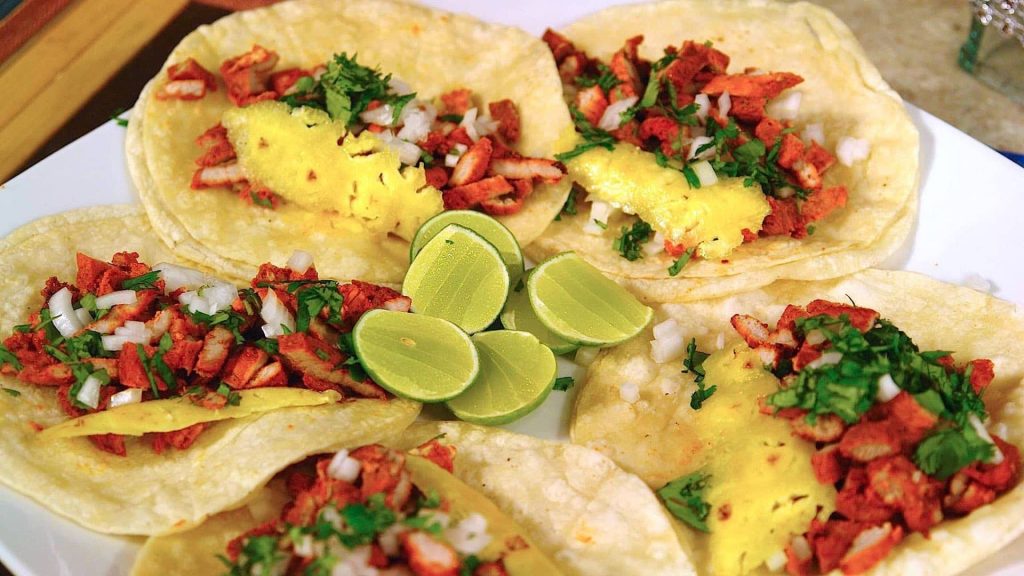
Tacos al Pastor are a must-try when exploring what to eat in Mexico City. This iconic street food features thin slices of marinated pork cooked on a vertical spit, similar to shawarma. The meat is tender and flavorful, typically served on a small corn tortilla and topped with pineapple, onions, cilantro, and a squeeze of lime. You’ll find the best al pastor tacos sizzling on street corners and in taquerías across the city.
Chilaquiles
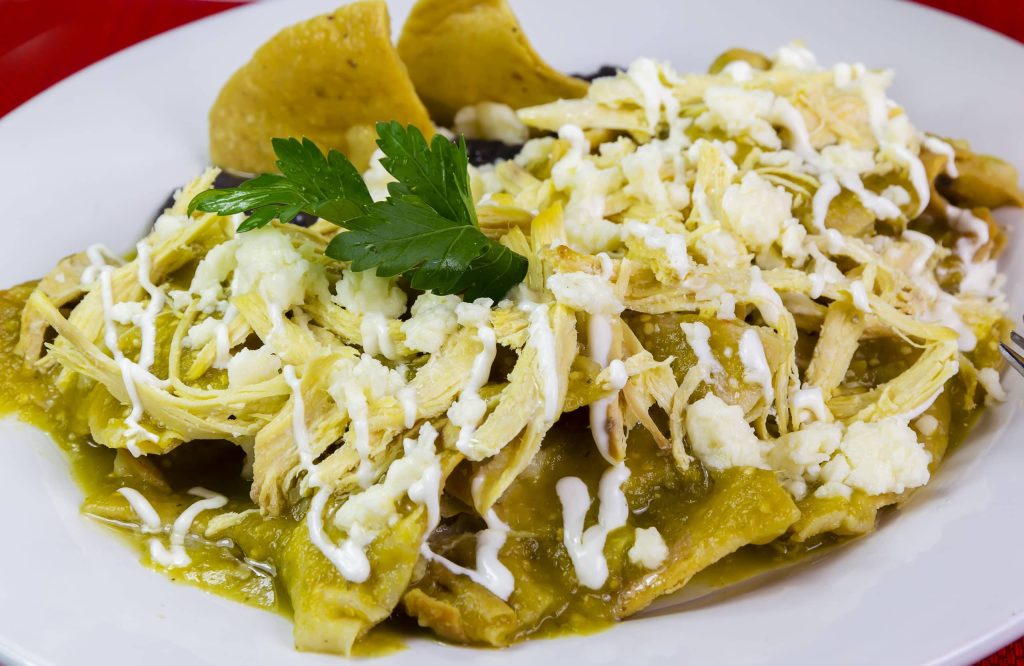
Chilaquiles are a beloved Mexican breakfast dish and a top recommendation for what to eat in Mexico City. Made from lightly fried corn tortilla chips simmered in red or green salsa, chilaquiles are topped with crema, cheese, onions, and sometimes a fried egg or shredded chicken. This comforting, flavorful meal is often served with refried beans and is perfect for starting your day like a local.
Tamales
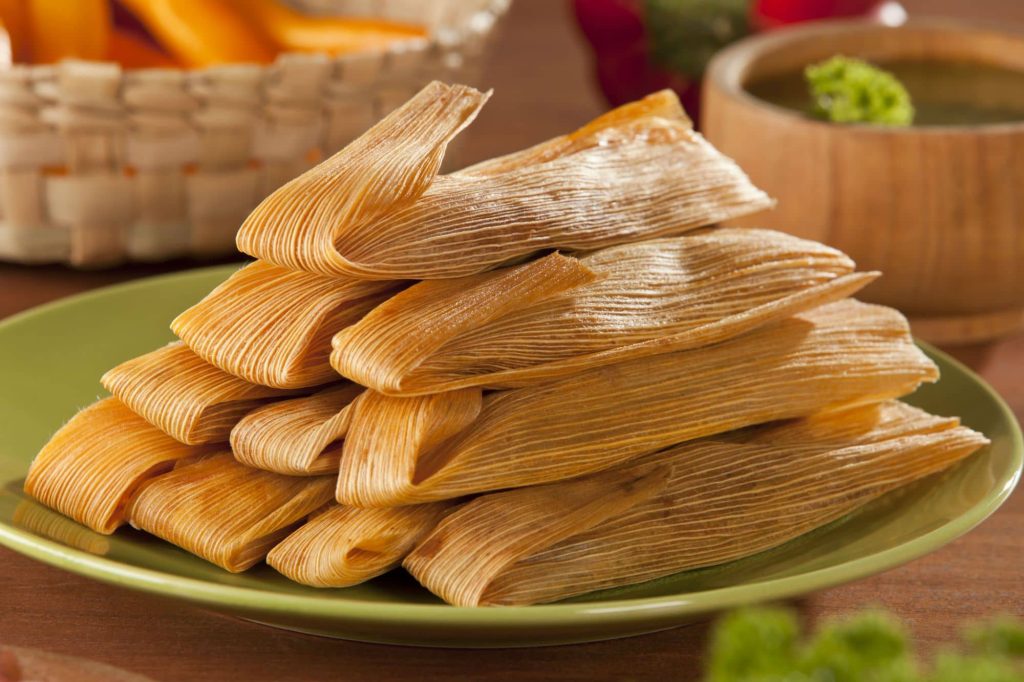
Tamales are a traditional Mexican comfort food you shouldn’t miss when deciding what to eat in Mexico City. Made from soft corn dough (masa) filled with savory or sweet ingredients like chicken, pork, cheese, or even fruits, tamales are wrapped in corn husks and steamed to perfection. They’re a popular street breakfast, often served with atole, a warm corn-based drink. Look for them at local markets or early-morning food stands.
Tlacoyos
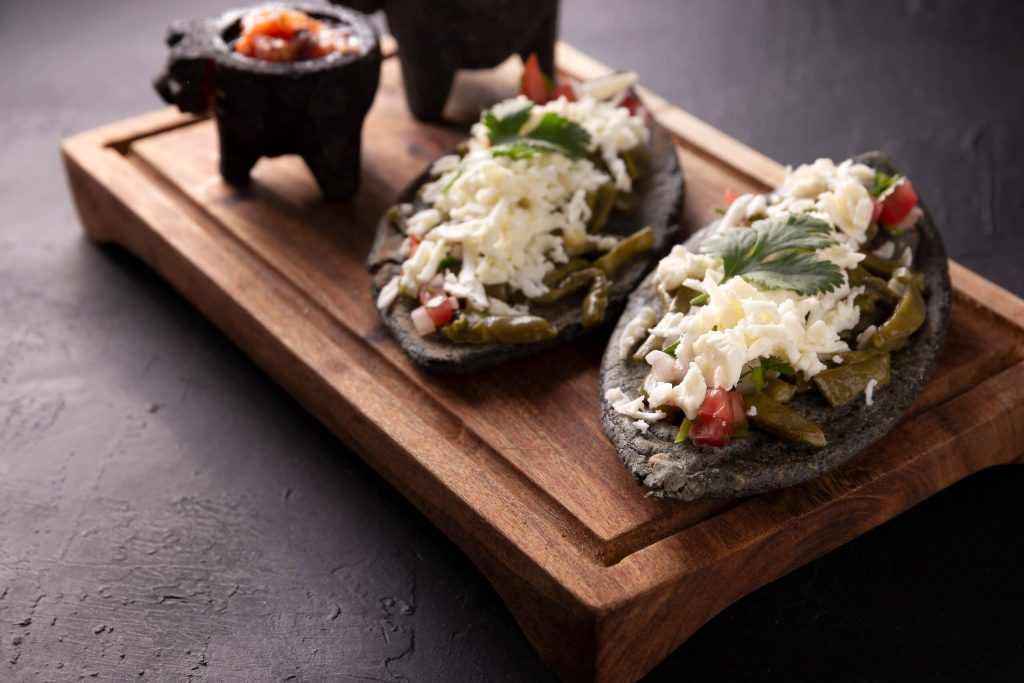
Tlacoyos are a traditional street food you’ll often spot in Mexico City’s local markets. These thick, oval-shaped snacks are made from blue corn masa and filled with ingredients like refried beans, cheese, or fava beans. After being grilled on a hot comal, they’re topped with cactus (nopales), fresh cheese, salsa, and onions. If you’re exploring what to eat in Mexico City, tlacoyos offer an authentic, budget-friendly taste of indigenous flavors.
Pozole
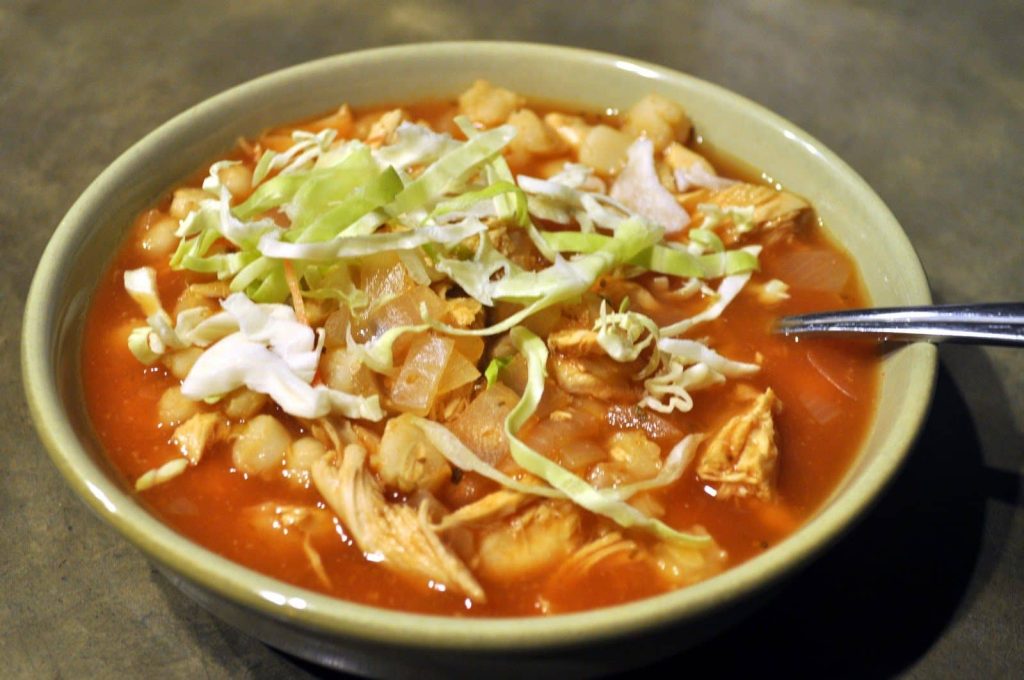
Pozole is a rich, traditional Mexican soup that’s perfect if you’re wondering what to eat in Mexico City for a heartier meal. Made with hominy corn and tender pork or chicken, it’s slow-cooked with spices and served with fresh toppings like shredded lettuce, radish, onion, lime, and oregano. You can find red, green, or white pozole depending on the region and recipe. It’s especially popular during celebrations but is enjoyed year-round in the city.
Quesadillas (With or Without Cheese)
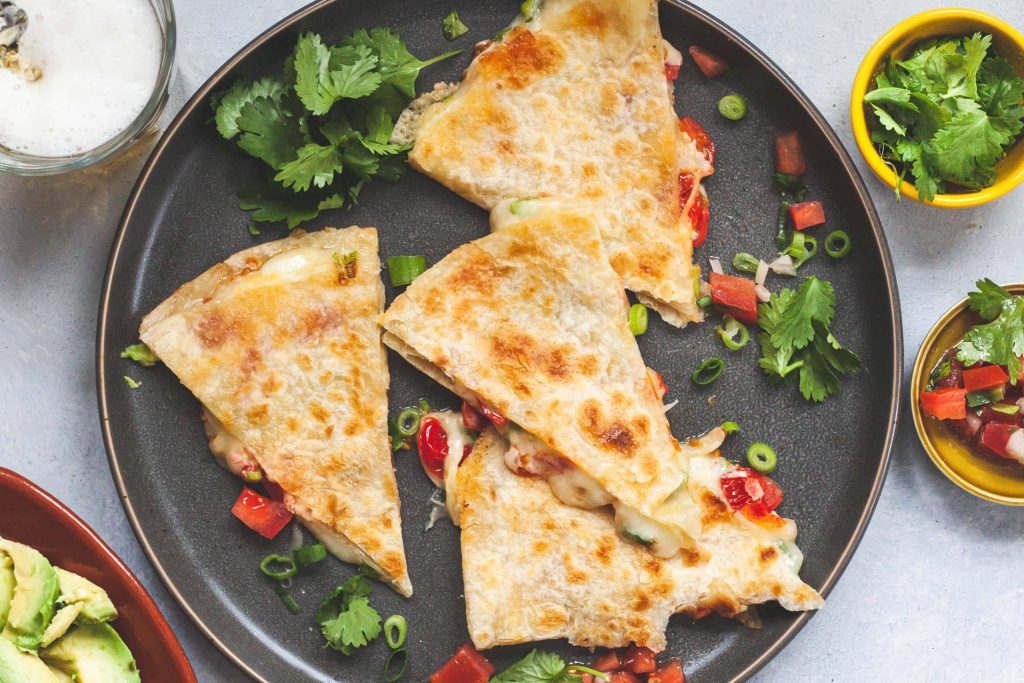
In Mexico City, quesadillas might surprise you—they don’t always come with cheese unless you ask! These folded corn tortillas are filled with a variety of ingredients like huitlacoche (corn fungus), squash blossoms, mushrooms, or chorizo. They’re then grilled or fried until slightly crispy. If you’re exploring what to eat in Mexico City, be sure to try this unique local version and don’t forget to specify if you want cheese included!
Tostadas
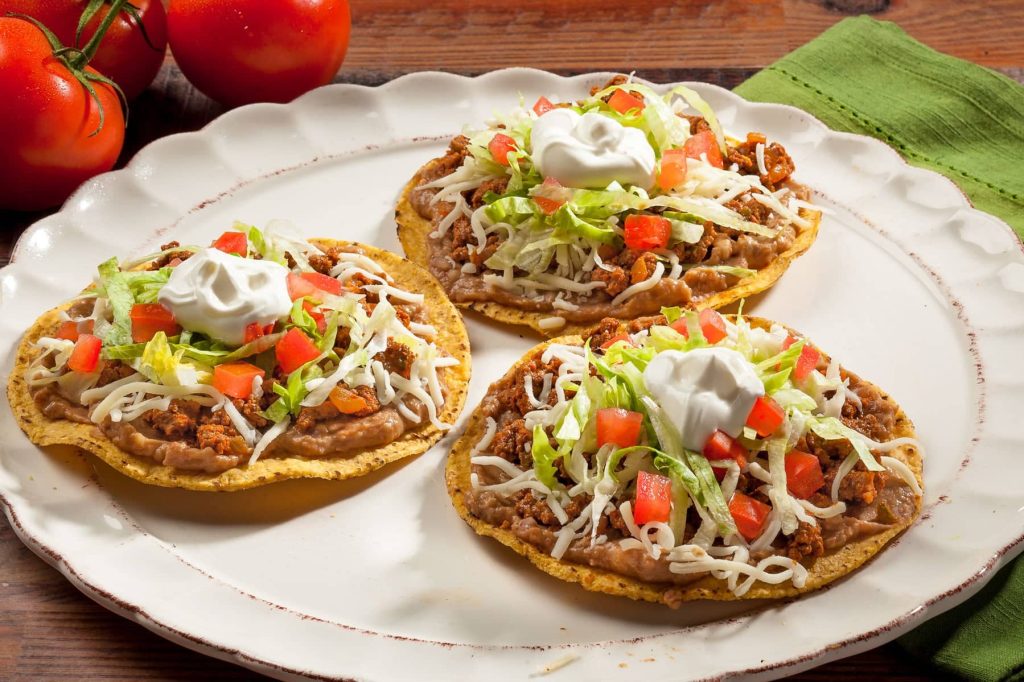
Tostadas are a crunchy, flavorful dish you must try when deciding what to eat in Mexico City. They start with a crispy fried tortilla as the base, then are layered with refried beans, shredded meat, lettuce, crema, cheese, avocado, and salsa. Each bite offers a perfect mix of textures and tastes. You’ll find tostadas at local markets, street food stalls, and casual eateries throughout the city.
Elote and Esquites
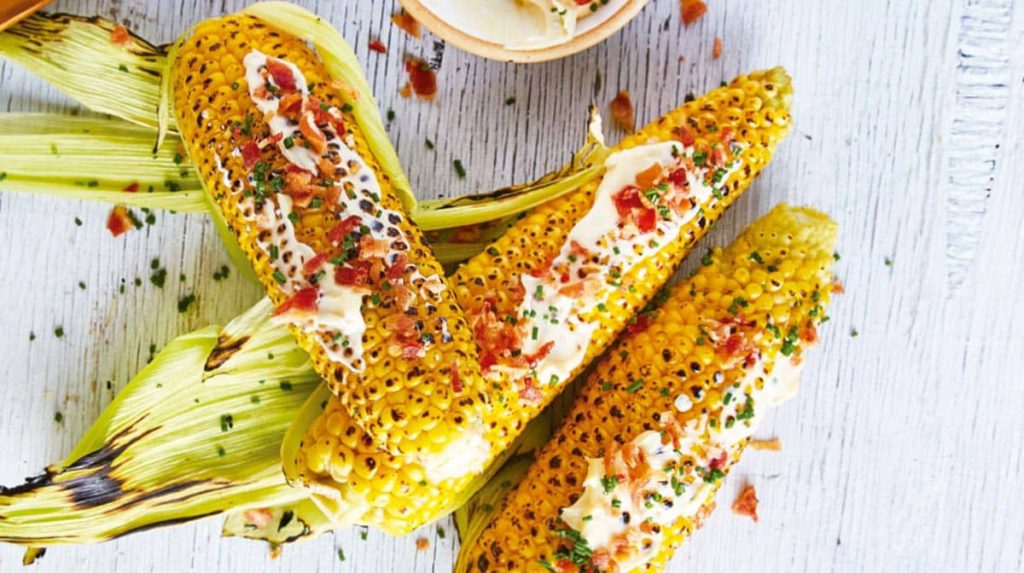
Elote (grilled corn on the cob) and esquites (corn in a cup) are two of the most popular street snacks in Mexico City. Elote is typically slathered with mayonnaise, lime juice, chili powder, and cotija cheese, while esquites are served with the same toppings but off the cob in a cup. Both are savory, messy, and absolutely delicious—perfect for a quick bite while exploring the city. They’re a must-try when deciding what to eat in Mexico City.
Barbacoa
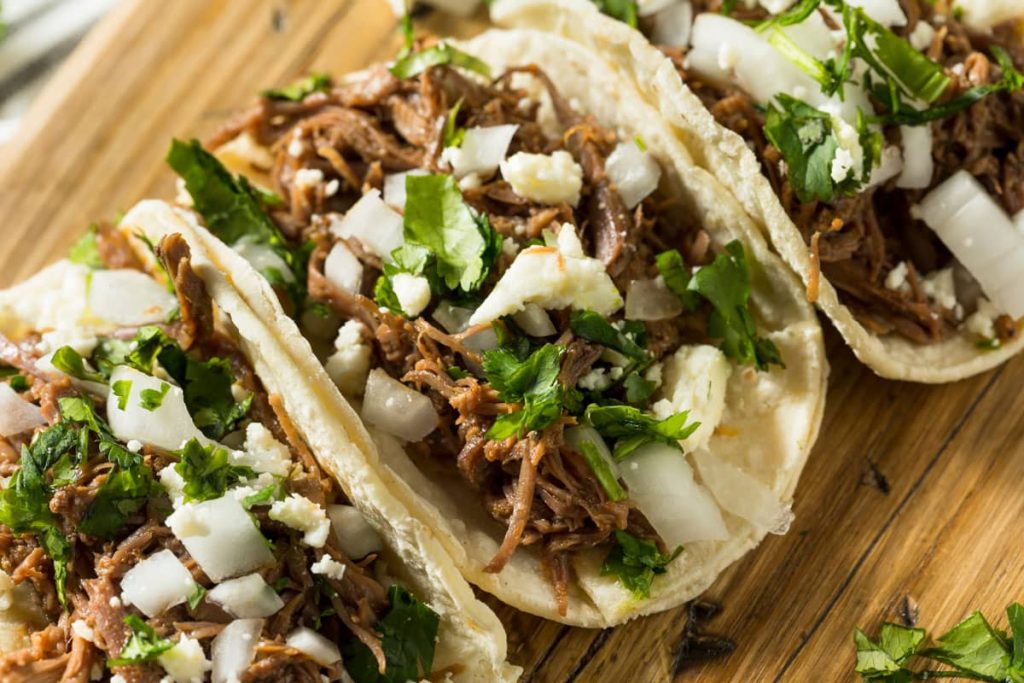
Barbacoa is a traditional Mexican dish that’s rich in flavor and history, and a must-try when figuring out what to eat in Mexico City. Typically made from lamb or goat, the meat is slow-cooked in an underground pit until it’s incredibly tender and flavorful. It’s often served in tacos with onions, cilantro, and a variety of salsas. If you visit on the weekend, you’ll find barbacoa being served at many markets and food stalls, offering an unforgettable taste of Mexican culinary heritage.
Churros
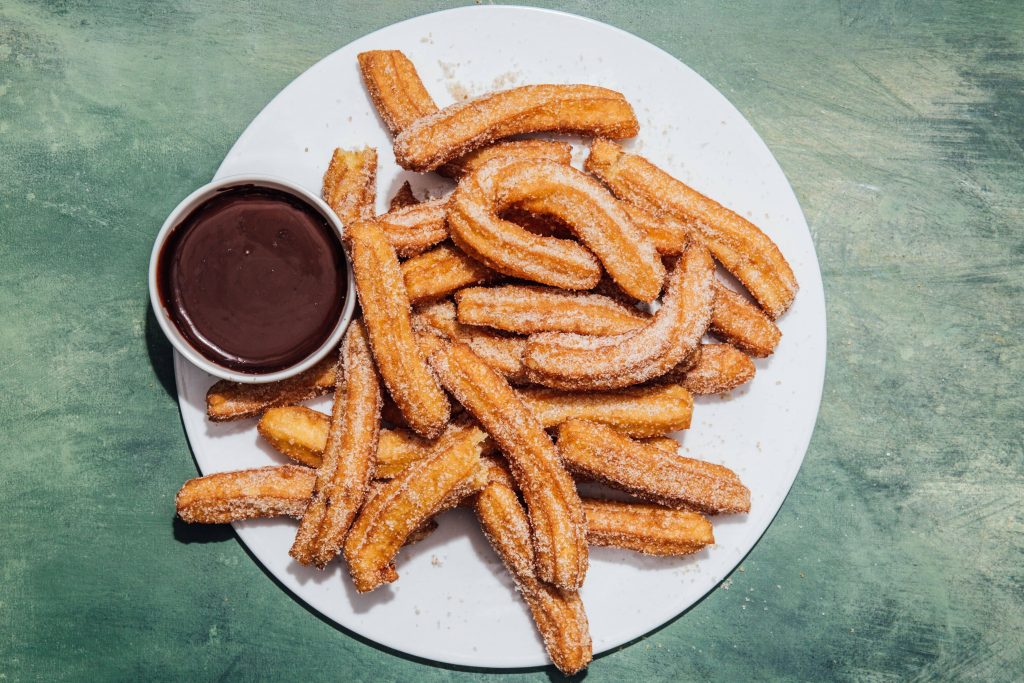
Churros are a sweet, crispy treat that you can’t miss when exploring what to eat in Mexico City. These fried dough pastries are rolled in cinnamon sugar and often served warm. Whether you enjoy them as a dessert or snack, churros are best paired with a cup of hot chocolate. One of the most famous places to indulge in churros is El Moro, a historic spot where locals and visitors alike line up for a delicious, sugary experience.
what is safe to eat in mexico city
When it comes to what is safe to eat in Mexico City, it’s important to stick to foods that are freshly prepared and served in clean, reputable places. Here are some tips on foods that are generally considered safe to eat:
Tacos from Reputable Taquerías
Street tacos are a must-try in Mexico City, but be sure to eat at well-known taquerías where food is prepared fresh and served hot. Tacos al pastor, tacos de carnitas, and tacos de bistec are popular and safe options.
Tamales from Established Vendors
Tamales are a classic Mexican snack, and they’re often made fresh. Choose tamales from vendors who keep their food covered and well-maintained, which ensures quality and cleanliness.
Fresh Fruit from Clean Markets
Mexico City has abundant fresh fruit like papaya, pineapple, and watermelon. It’s safe to eat, but make sure it’s peeled or cut in front of you, and avoid street vendors who handle it carelessly.
Cooked Foods and Soups
Dishes like pozole or sopes, which are served hot and freshly made, are generally safe. Avoid foods that have been sitting out for long periods.
Restaurants and Cafés with Good Hygiene Standards
Stick to well-reviewed, reputable restaurants or cafés. These places are more likely to follow food safety protocols and maintain higher cleanliness standards.
Bottled or Filtered Water
Always drink bottled or filtered water, as tap water in Mexico City isn’t recommended for tourists. Be cautious with ice, as it might be made from unfiltered water.
Churros from Famous Spots
Churros from well-established places like El Moro are safe to eat. These places have been around for years and are known for their cleanliness and quality.
General Food Safety Tips in Mexico
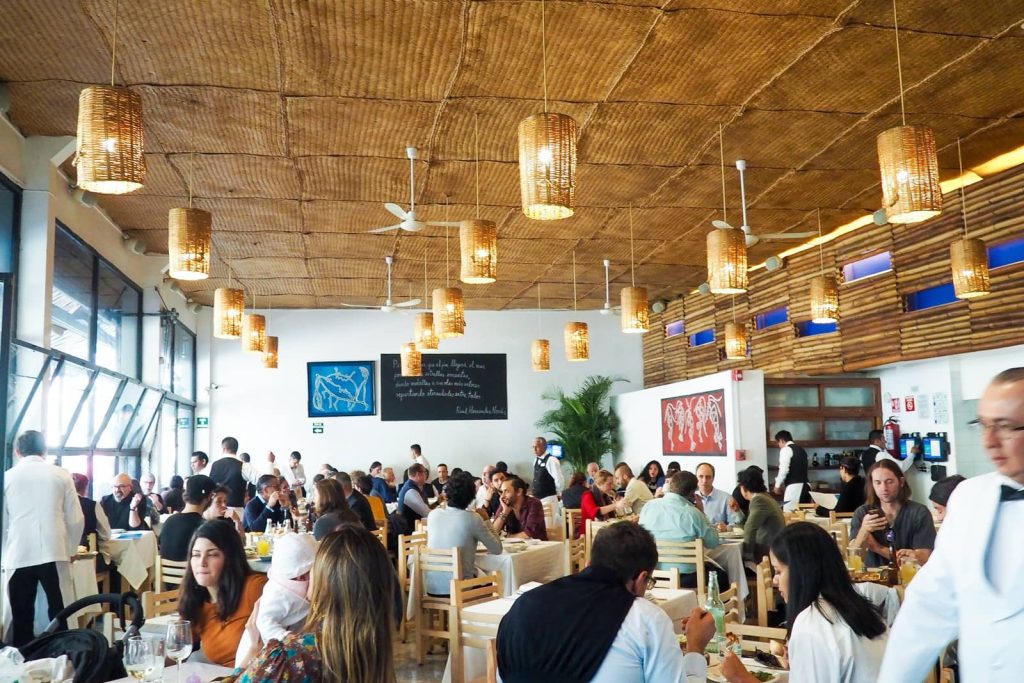
1.Drink Bottled or Purified Water
Tap water in many areas of Mexico is not safe to drink. Always opt for bottled, filtered, or purified water—even for brushing your teeth.
2.Wash Fruits and Vegetables Thoroughly
Use purified water to wash fresh produce. You can also soak them in a disinfectant solution (available in local stores) to eliminate bacteria and parasites.
3.Avoid Ice Unless You’re Sure It’s Safe
Ice made from tap water can harbor bacteria. Drink beverages without ice unless you’re in a reputable restaurant or hotel that uses purified ice.
4.Eat at Busy, Popular Food Stalls
High customer turnover often means fresher food and better hygiene. Look for stalls that locals frequent—it’s a good sign of quality and cleanliness.
5.Choose Cooked Foods Over Raw
Raw foods (like ceviche or street salads) may carry higher risks. Option for foods that are freshly cooked and served hot to reduce the chance of contamination.
6.Observe Food Handlers’ Hygiene
Check if the food vendor uses gloves, tongs, and maintains clean equipment. Cleanliness is a strong indicator of overall food safety.
7.Keep Hand Sanitizer Handy
Always sanitize your hands before eating, especially when soap and water aren’t readily available.
8.Avoid Dairy That Isn’t Pasteurized
Stick to pasteurized milk, cheese, and other dairy products to avoid infections like listeria or salmonella.
9.Be Cautious with Seafood
In coastal areas, seafood is often safe, but always ensure it’s fresh and properly cooked. Avoid seafood in inland areas where freshness might be an issue.
10.Store Leftovers Promptly
In warm climates, bacteria multiply quickly. Refrigerate leftovers within two hours—or sooner if it’s very hot.
By following these tips, you can safely enjoy the incredible culinary offerings in Mexico City!

Owen Samuel is a Destination Manager based in California, known for his expertise in creating unforgettable travel experiences. With a deep passion for tourism and local culture, he helps travelers discover the best places around the world.











